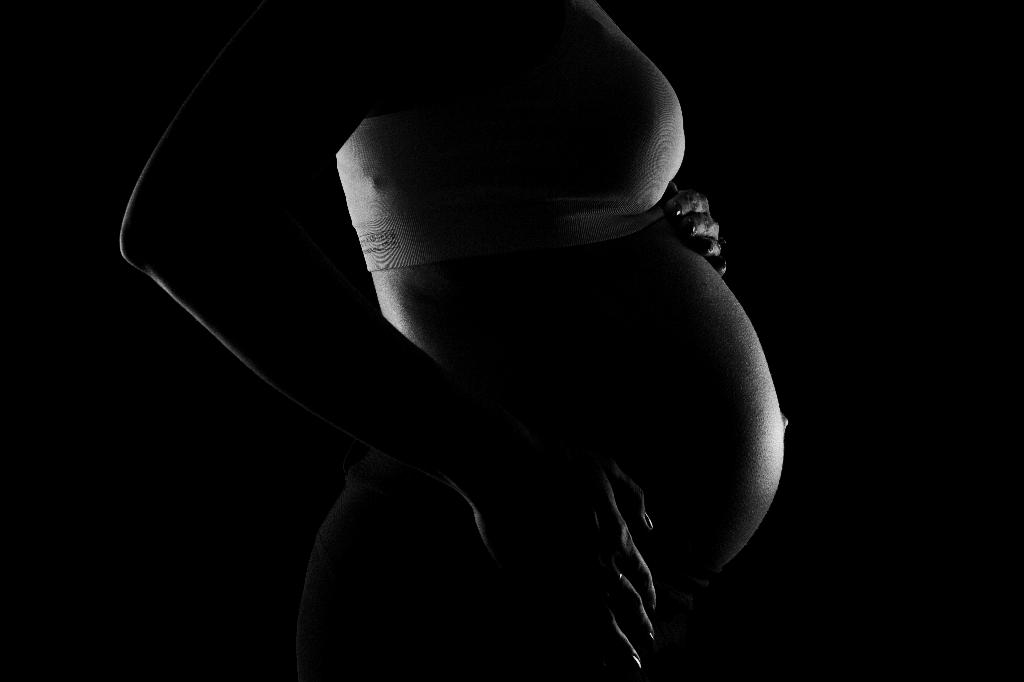After giving birth, it is not uncommon for women to experience abdominal pain, even months later. This discomfort can be concerning, especially if it persists for an extended period. One possible explanation for this ongoing pain is a condition known as diastasis recti.
Diastasis Recti: What Is It?
Diastasis recti refers to the separation of the abdominal muscles, specifically the rectus abdominis muscles, which run vertically along the front of the abdomen. This condition commonly occurs during pregnancy as the uterus expands, causing the muscles to stretch and sometimes separate.
Symptoms of Diastasis Recti
One of the primary symptoms of diastasis recti is a visible protrusion or “pooch” in the abdomen, often described as looking pregnant despite not being pregnant. In addition to the physical appearance, individuals with diastasis recti may experience abdominal pain, particularly during activities that engage the core muscles.
Factors Contributing to Diastasis Recti
Several factors can contribute to the development of diastasis recti, including multiple pregnancies, carrying a large baby, and engaging in improper lifting techniques postpartum. Additionally, genetics and overall muscle strength can play a role in the severity of the condition.
Exacerbating Factors
Continued strain on the abdominal muscles through activities such as intense exercise without proper core support or certain types of abdominal-focused workouts can exacerbate diastasis recti, leading to increased pain and discomfort.
Diagnosis and Treatment
If you suspect you have diastasis recti, it is essential to consult with a healthcare provider for an accurate diagnosis. Treatment options may include physical therapy to strengthen the core muscles, wearing abdominal support garments, and avoiding activities that worsen the condition.
Recovery and Progress
Recovery from diastasis recti is possible with appropriate interventions and modifications to daily activities. It is crucial to be patient with the recovery process and focus on gradual strengthening of the core muscles to promote healing and alleviate pain.
Preventive Measures
For women who are pregnant or planning to have children, taking preventive measures to support the abdominal muscles during and after pregnancy can help reduce the risk of developing diastasis recti. Engaging in safe core exercises and practicing proper lifting techniques are essential.
Seeking Professional Guidance
If you are experiencing persistent abdominal pain or notice changes in your abdominal appearance after giving birth, do not hesitate to seek guidance from a healthcare provider. A comprehensive evaluation can help determine the underlying cause of your symptoms and guide you towards appropriate treatment.
Embracing Self-Care
Remember that taking care of your body postpartum is crucial for your overall health and well-being. Embrace self-care practices that prioritize your physical and emotional needs, and do not hesitate to seek support from healthcare professionals, family, and friends during this recovery period.
Long-Term Impact
While diastasis recti can be challenging to live with, especially if accompanied by persistent pain, know that with the right interventions and support, significant improvements can be achieved. Stay proactive in your recovery journey and remain optimistic about the potential for healing and relief.
Conclusion
Abdominal pain after giving birth can be attributed to various factors, with diastasis recti being a common culprit. By understanding this condition, seeking proper diagnosis and treatment, and prioritizing self-care and preventive measures, you can navigate through postpartum abdominal discomfort with confidence and resilience.

